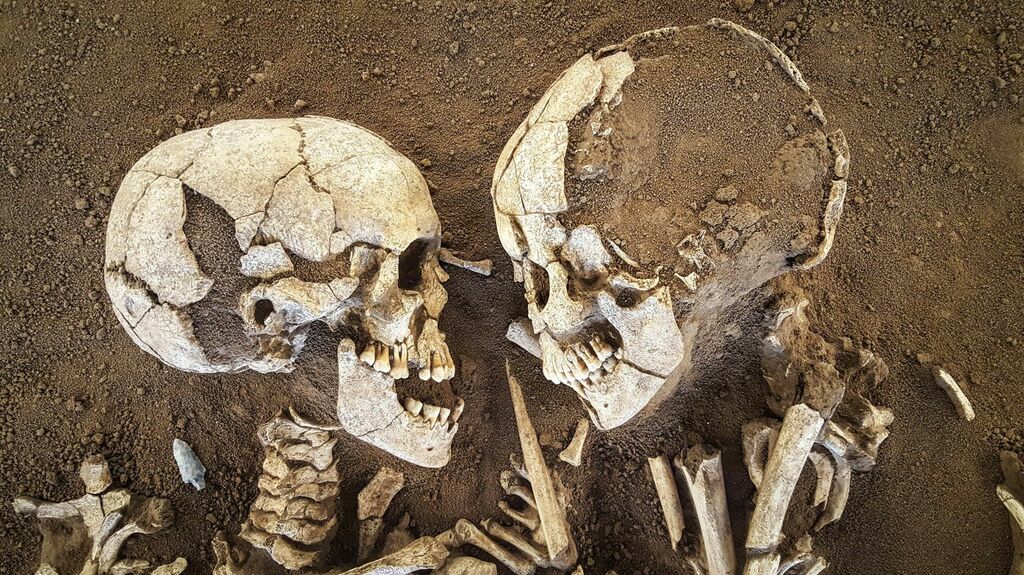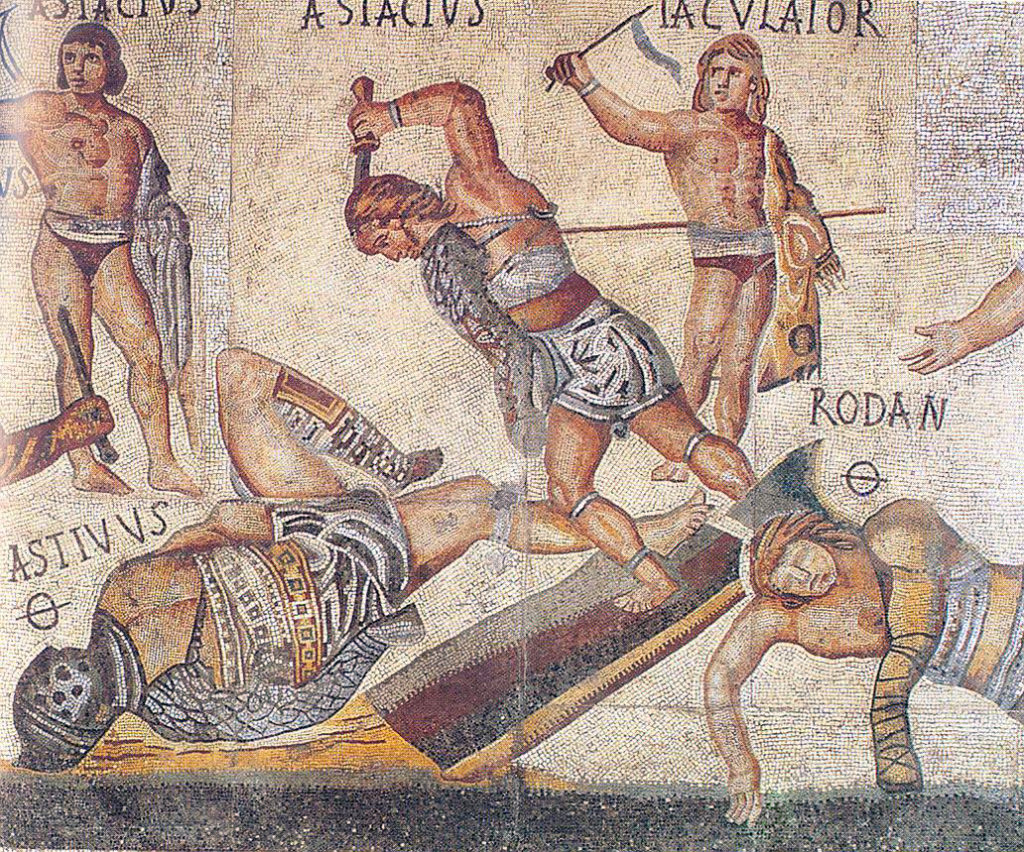There are many iconic feats of architecture in the world that are recognizable at first glance: the Taj Mahal, the Eiffel Tower, the Statue of Liberty.
But one of the most influential and copied buildings of the world is much smaller. It was built in Rome by a trusted advisor of Augustus Caesar: The Pantheon. It has influenced countless other buildings with its soaring dome and imposing pillars that capture the democratic nature of Western culture.
However, not much is known about its construction or even its original purpose, although historians have slowly uncovered some details through archaeological digs.

The Origin of the Pantheon
The original Pantheon was built in approximately 25 BCE by Marcus Agrippa. He defeated Marc Antony and Cleopatra at Actium. This was a battle that resulted in both leaders committing suicide.
Agrippa returned to Rome a hero with immense wealth. He began a large-scale building project on his personal land, funding the construction of three new buildings: the Baths of Agrippa, the Basilica of Neptune, and the Pantheon.
None of the original structures remain. However, some aspects of the baths and the basilica have been incorporated into modern architecture.
The Basilica and Pantheon were likely for private use. They were perhaps used for worshiping specific deities although their true purposes are unclear.
The original Pantheon was destroyed by a fire in both 80 CE and 110 CE. It would be fully reconstructed in 125 CE in the same location under the emperor Hadrian.
Reconstructing the Pantheon
Construction on the Pantheon was completed in 125 CE under Emperor Hadrian, although it was likely started under Emperor Trajan.
Hadrian gets more credit though, because he funded extensive construction during his reign. He is most famous for building Hadrian’s Wall, the northern boundary of the Roman Empire in England.
Confusingly, Hadrian had Agrippa’s original inscription copied onto the reconstructed Pantheon, which led to centuries of confusion as to whether the existing building was the original or not. After archaeological digs, historians have found evidence that the Pantheon was actually reconstructed.
They determined that it was not, in fact, the original building despite its inscription. The purpose of the renovated Pantheon was as unclear as its purpose was under Agrippa.
For nearly 500 years, its only recorded use was sometimes as a courthouse or a gathering for the Roman Senate.

Medieval to Modern Pantheon
In 609, the Pantheon was granted to Pope Boniface VI by Byzantine Emperor Phocas. It was converted into the St. Mary and the Martyrs church. It was the first pagan temple to become a Christian holy site.
By converting the building to a church, the people of Rome were able to save the building from the worst of the looting and disrepair that would come with the fall of Rome.
Many of the other buildings would be stripped of their wealth and fall apart over time. However, the church would remain intact out of respect for the religious site.
The outside of the building suffered from changes over the years: statues went missing, pillars disappeared, and metals were stripped from the walls. However, the inside remained fairly intact and has been extensively restored.
Today, the Pantheon is still used as a Christian church. Masses are held regularly and sometimes weddings take place under the rotunda, but most of the time the building is open to tourists who want to admire the architecture.

Where the Pantheon Got its Name
Historians believe that the Pantheon originally had a different name. Under Agrippa, it was likely a private temple rather than a public one, and the name “Pantheon” is speculated at best.
Cassius Dio, a Roman Senator who wrote a contemporary definitive history of Rome, speculated that “Pantheon” was merely a nickname for the building, rather than any official name.
Pantheon etymologically means worshiping all the gods. However, it is unlikely that Agrippa or any other cult was doing so at that point. The name instead derives from the statues of multiple gods surrounding the building or the resemblance of the dome to the heavens.
The Architecture of the Pantheon
The Pantheon is most famous for its defining architecture. It has a large portico in the front of the building. This porch area is lined with eight pillars, each made of granite that was transported from Egypt.
The granite was brought up the Nile, across the Mediterranean, pulled up the Tiber River, and then dragged across Rome to the construction site. Behind these are two rows of four more columns.
The rotunda is a feat of engineering. It is constructed of different materials to lighten the stress on any given point.
Constructed of travertine, then terracotta, then light pumice material on the outside, the roof was designed in five specific layers to have increasingly lighter material the higher the layer of stone. This allowed for the distinctive dome to maintain the weight of the rock without collapsing.
This would not have been possible if the entire structure had been constructed with Roman cement.
The Pantheon’s Legacy
The broad dome of the rotunda and the portico with columns have inspired many other famous buildings across the world.
Thomas Jefferson was enamored with the architecture of the building. He took inspiration from its dome and pillars for multiple new building designs. Monticello, his home, has a similar dome and portico with columns.
The US Capitol building and the rotunda at the University of Virginia also have similar designs. John Russell Pope, who designed the memorial in Washington DC dedicated to Jefferson, also took inspiration from the Pantheon.
These architectural features have come to represent Roman influence on the Western world. And also the values of justice, democracy, and free speech since their features are present in so many American government buildings.
References
Cartwright, Mark. “Pantheon.” World History Encyclopedia, April 9, 2018. https://www.worldhistory.org/Pantheon/#google_vignette.
History.com Editors. “Pantheon.” History Channel, June 26, 2023. https://www.history.com/topics/ancient-rome/pantheon.
Caniglia, Gabriel. “The Pantheon’s Architectural Legacy.” Northwestern.edu. https://canvas.northwestern.edu/eportfolios/895/The_Classical_Source/The_Pantheons_Architectural_Legacy.

